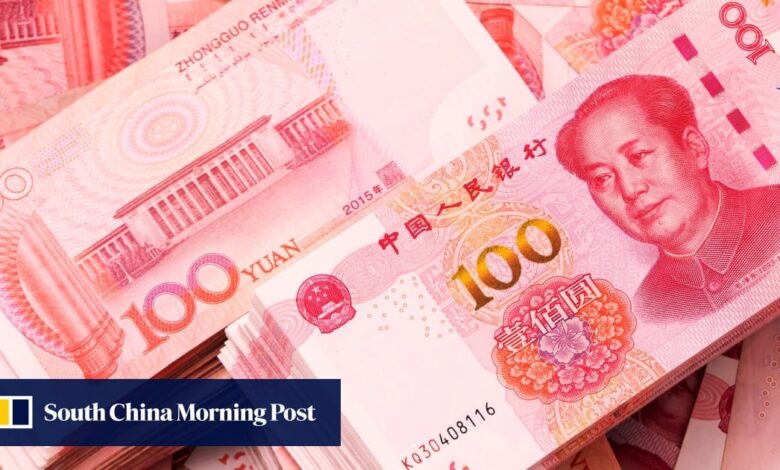Exclusive: China’s new party finance organ gets to work while concerns over stability loom

China’s newly chartered Central Finance Commission started daily operations in late September – an indication of the severity with which the world’s second-largest economy is viewing a property crisis and its potential spillover effects on the state-controlled financial system, according to a source with knowledge of the matter.
It is under the direct supervision of the party’s top decision-making body, the Central Committee, and serves as the primary planner for the country’s financial system. The new organ will oversee all matters under the pecuniary umbrella, including overall stability, funding for the real economy and the overseas use of the yuan.
China to hasten infrastructure push to aid growth amid call to assess debt level
China to hasten infrastructure push to aid growth amid call to assess debt level
The commission has set up a general office on Beijing’s Financial Street, with the office’s day-to-day operations conducted under Vice-Premier He Lifeng, the source said.
It is hundreds of metres away from the People’s Bank of China (PBOC) – the country’s central bank – and 2km from Zhongnanhai, the compound which houses the leadership of the party and government.
More than 100 officials have been transferred from the central bank, securities and banking regulators, the person said on condition of anonymity given the matter’s sensitivity. Others have been moved from the finance ministry and the National Development and Reform Commission, the country’s chief economic planner.
They have started to look into potential threats to the country’s financial stability with a particularly close eye on systemic risks – which, the person added, the top leadership views as a red line which cannot be breached.
“The main task is to strengthen the party’s leadership on financial affairs,” the person said.
Wang Jiang, former head of state-owned financial giant China Everbright Group, was reported by state media to be the executive deputy director overseeing the office.
According to a government circular released on Thursday, the commission has officially replaced the Financial Stability and Development Committee of the State Council, an organisation headed by former vice-premier Liu He that had an office at the central bank.
That body’s office has now been absorbed into the Central Finance Commission.
China to hit 2023 economic growth target, more needed for long-term stability
China to hit 2023 economic growth target, more needed for long-term stability
At the same time, the responsibilities of the central bank have also been adjusted. The Macroprudential Policy Bureau, a department within the PBOC, will no longer take responsibility for the regular supervision of financial holding groups.
The bureau will instead take charge of drafting and implementing credit and financing policies related to the property sector, which was formerly shouldered by the central bank’s Financial Market Bureau.
China’s continuing crisis in the property market has been a major drag on the country’s economic recovery and has cast doubt on the health of bank loans.
Two-thirds of the banks with data available – 18 of the 20 deemed “systemically important” by the PBOC – have seen an increase in their property NPL ratio, signalling that they are still troubled by uncertainty in the sector.
The central bank identified those banks as paramount in September. Li Bin, the macroprudential bureau chief, said at a press conference on Friday they have “performed steadily” and their assets are of “good quality”.
He added the overall NPL ratio stood at a low 1.27 per cent at the end of June.





